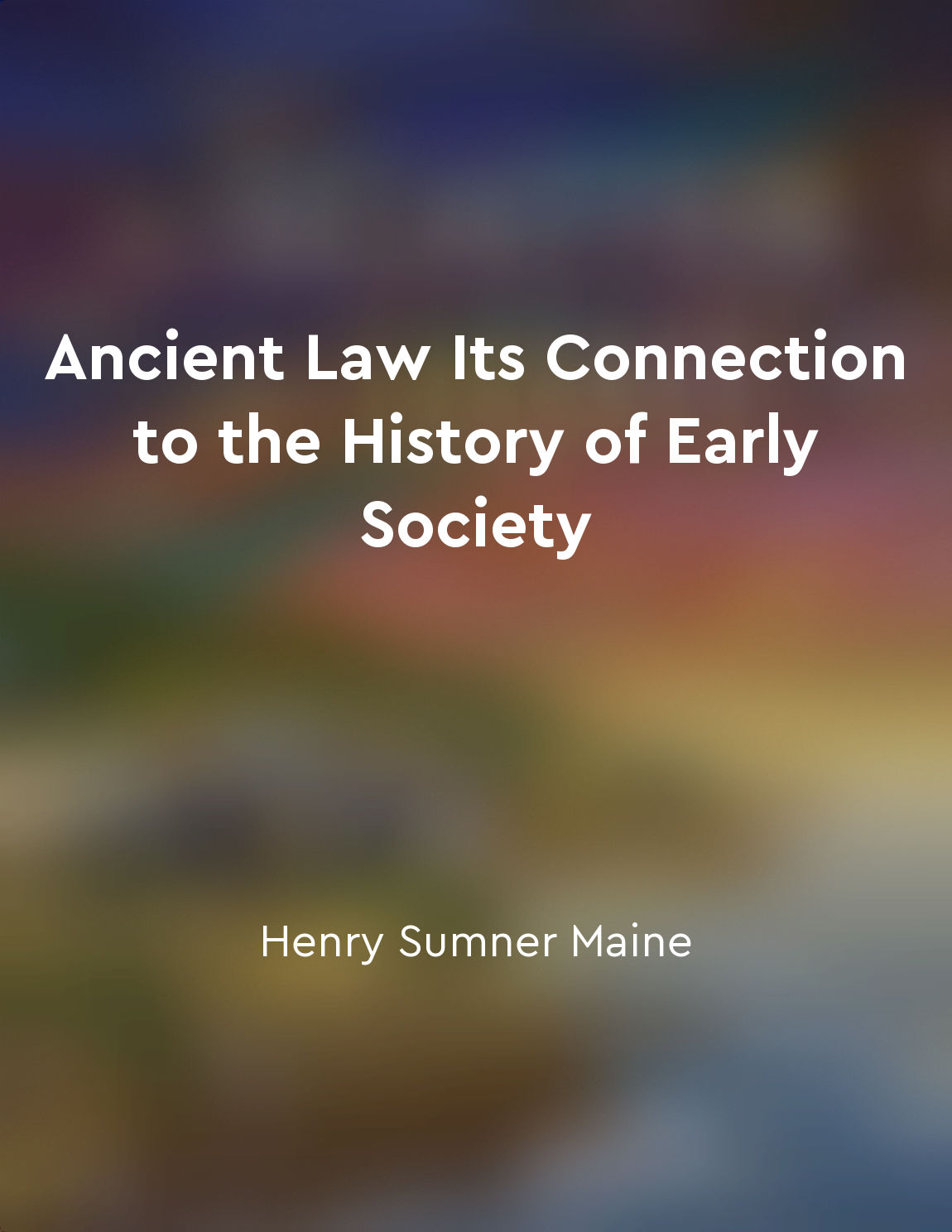Judges interpret legislative intent from "summary" of The Common Law Tradition by Karl N. Llewellyn
The role of judges in interpreting legislative intent is a crucial aspect of the common law tradition. When faced with ambiguous or unclear language in a statute, judges are tasked with deciphering the true meaning and purpose behind the law. This process involves careful analysis of the text itself, as well as consideration of the historical context and legislative history surrounding the statute. Judges must approach the task of interpreting legislative intent with a sense of humility and deference to the intentions of the lawmakers. While they possess the authority to interpret and apply the law, judges are not free to impose their own personal beliefs or preferences onto the statute. Instead, they must strive to discern the original intent behind the law and give effect to that intent in their decisions. In many cases, the language of a statute may be open to multiple interpretations, leading to uncertainty and disagreement among judges. In such situations, judges must rely on various tools and techniques to aid in their interpretation, such as examining the legislative history, considering the purpose and objectives of the statute, and resorting to principles of statutory construction. By engaging in a thorough and thoughtful process of interpreting legislative intent, judges play a vital role in ensuring that the law is applied consistently and fairly. Their decisions not only impact the parties involved in a particular case, but also set precedent for future cases and help to shape the development of the law over time. In this way, judges serve as guardians of the legislative intent, working to uphold the principles of justice and the rule of law in society.Similar Posts
Precedents guide judicial decisions
Precedents play a crucial role in guiding judicial decisions within the common law tradition. When a judge is faced with a case...
Judges interpret legislative intent
The role of judges in interpreting legislative intent is a crucial aspect of the common law tradition. When faced with ambiguou...
He reflects on the concept of political participation in a democracy
In considering the concept of political participation in a democracy, we must recognize the significance of the individual with...
Common law builds on past rulings
The common law system is a legal tradition that is characterized by its reliance on past judicial decisions to establish and in...

Legal rules are influenced by culture
The laws of a community are always closely connected with the habits and beliefs of that community. The legal rules are not som...
Governor represents the President at the State level
The Governor, appointed by the President, serves as the chief executive of a state. This position is crucial as it ensures the ...
